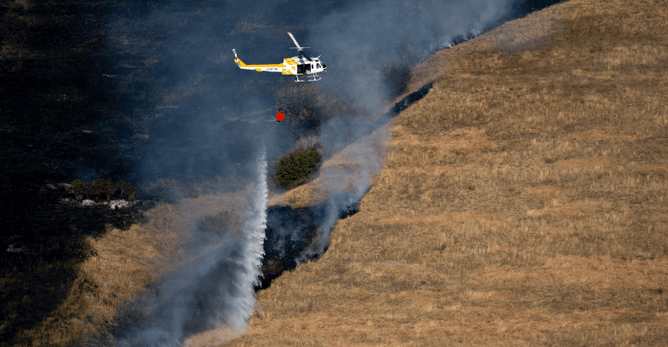As Australia enters its bushfire and cyclone season, the insurance industry is once again bracing for the financial and operational impacts of extreme weather events.
The Climate Change Authority reported $2.2billion loss to the Australian economy thanks to back-to-back disasters in the first half of 2025 alone.
The intensification of natural disasters and global warming is driving more extreme and unpredictable weather patterns across Australia and globally. With natural peril losses continuing to climb, commercial insurance premiums and policy wordings are under increasing pressure to adapt.
This escalation reflects not only the growing frequency and severity of events such as bushfires, floods, and cyclones, but also the expanding footprint of development in high-risk areas.
According to the Insurance Council of Australia (ICA), weather-related losses now average approximately AU$4.5 billion annually for Australian homeowners, a figure that has tripled since the 1990s. The ICA’s 2024-2025 Insurance Catastrophe Resilience Report noted global insurance disaster losses at US$140 billion in 2024.
Despite a slower-than-expected outlook for overall premium growth, the rising cost of natural disasters is placing upward pressure on policy providers. As insurers respond to escalating claims costs, many are tightening underwriting standards and revising policy terms, moves that can leave businesses underinsured or facing exclusions they hadn’t previously encountered.
This trend underscores the importance of proactive risk assessment and regular policy review to ensure adequate protection in a rapidly changing climate landscape.
What can you do?
Review your policy regularly or contact the Willis Temby team for an assessment.
Evaluate your risk exposure.
Invest in risk mitigation.
Engage early with your broker; they will help you navigate market changes and negotiate terms.
Contact our team for more information.
